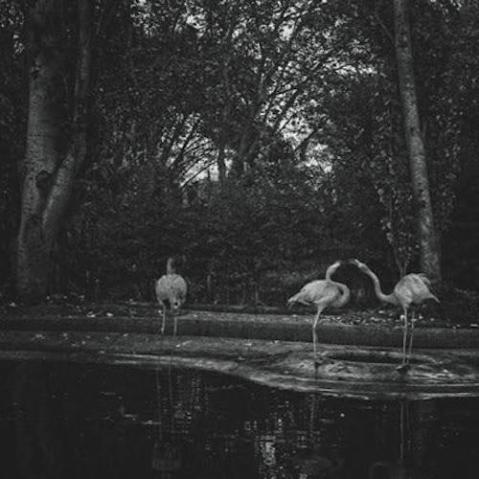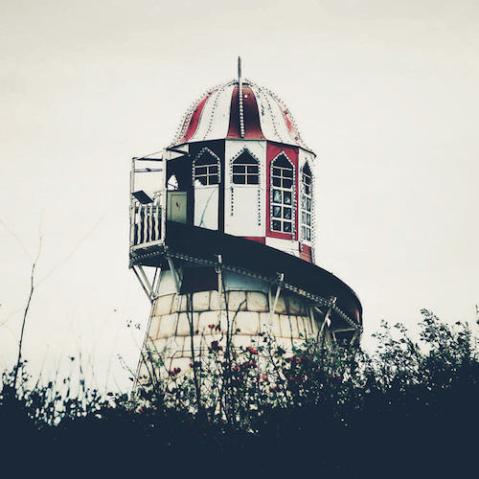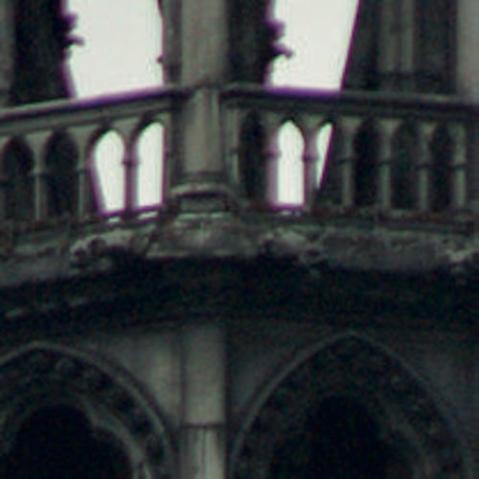Is Jack Frost nipping at your fingers, toes, and photos?
The sure sign that autumn is with us and winter is on its way is the arrival of frost, caused when moisture in the air freezes on contact with a cold surface. Frost is closely associated with early-morning photography, especially after a cloudless night has allowed the heat from the previous day to dissipate, leaving the ground hard and frozen.

Exposing for frost
From a photographic standpoint, frost changes the mood of a landscape considerably, giving it anything from a light, white dusting to a heavier, snow-like appearance. As the frost reflects more light, your in-camera meter may err on the side of underexposure if left to its own devices, so keep an eye on the histogram and be prepared to increase the exposure: applying +1⁄2–1 stop of exposure compensation is usually sufficient.
Types of frost
There is a number of specific types of frost, each of which has its own unique causes and characteristics:
- Hoar frost – Hoar frost forms when water vapour comes into contact with cold surfaces such as plants and soil, and freezes on them instantly. This is the most common type of autumn frost.
- Window frost – Window frost occurs when water droplets freeze on glass that is exposed to cold air on one side and moist air on the other. This often creates a pattern similar to the leaves of a fern (it is also known as ‘fern frost’), which can make a great close-up study.
- Rime frost – In extreme weather, icy winds blowing across already-wet surfaces can result in rime frost. Forming far quicker than other frosts, it is not common in autumn unless conditions are exceptionally cold.
Capturing frosty details
Although frost has the ability to transform the wider landscape, don’t forget to look for smaller details: heavily frosted leaves on the ground, or backlit fern frost on a window, for example.

Although slightly removed from landscape photography, these detail shots shouldn’t be overlooked, so as well as your regular landscape kit consider packing a macro lens for your morning photographic excursions.
Landscape Photography: The Four Seasons is Chris Gatcum’s gorgeous exploration of landscape photography season-by-season, outlining useful tools and techniques particular to the season as the qualities of light and colour—as well as the weather—change around you. This book will inspire you to get out and about, confident of achieving the best possible results—whatever conditions you’re shooting in.
[one_whole boxed=”true”]
 Landscape Photography: The Four Seasons, by Chris Gatcum
Landscape Photography: The Four Seasons, by Chris Gatcum
£5.99 Download the PDF now!
This PDF version retains the styling of the original print book.
RRP for print edition: £11.99
[button color=”Accent-Color” size=”small” url=”https://www.ilexinstant.com/product/landscape-photography-the-four-seasons/” text=”Digital Edition”] [button color=”Accent-Color” size=”small” url=”http://www.amazon.co.uk/dp/1781571120?tag=ilexpresscom-21&camp=1406&creative=6394&linkCode=as1&creativeASIN=1781571120&adid=16FDTV7SD8TE32ZND9XW&&ref-refURL=http%3A%2F%2Fwww.ilexinstant.com%2Fproduct%2Flandscape-photography-the-four-seasons%2F” text=”Amazon UK (Print)”]
[button color=”Accent-Color” size=”small” url=”INSERT US AMAZON LINK” text=”Amazon USA (Print)”]
[/one_whole]





